Classification and process description of spherical activated carbon
The structure and properties of activated carbon are classified into a carbonaceous adsorbent material with rich void structure and large specific surface area. It has strong adsorption capacity, good chemical stability, high mechanical strength and convenient regeneration. It is widely used in industries, agriculture, national defense, transportation, medical and health, environmental protection and other fields. With the increasing demand for environmental protection, the demand for activated carbon at home and abroad is increasing, increasing year by year.
Activated carbon has various names depending on its appearance, manufacturing method, and use. Classified from the shape of the appearance, some common names of activated carbon, the currently used activated carbon, which was developed in the early 20th century, is still in use today, and the innovative invention in manufacturing is activated by strong alkali. The method of manufacturing activated carbon with high specific surface area has also been carried out in various applications. The activated carbon is expensive to manufacture and cannot be mass produced.
Activated carbon can be divided into two types according to its shape: granular and powder. Therefore, two methods can be used in the method of use.
(1) Fixed bed adsorption The granular activated carbon is filled into a fixed bed. When the content of impurities such as organic matter in water is small, the activated carbon layer is 0.6-1.5 m high; when the content of impurities such as organic matter in water is high, the layer height is 1.5 to 3 m; and the treatment water flow rate is controlled at 10 to 15 m/h.
(2) Contact adsorption is suitable for temporary treatment. The powdered activated carbon is added to the water to be treated together with the coagulant depending on the impurity content of the water to be treated. The powdered activated carbon dosing point should be set before the raw water pre-chlorination adjustment pH and other treatment processes (Figure 2-9).
In order to ensure the treatment effect, the powdered carbon can be adjusted to a carbon slurry of about 40% concentration with water, and the reaction time of the carbon slurry and the treated water is 20 to 30 minutes.
Spherical activated carbon manufacturer activated carbon adsorption catalytic irony desulfurization process
It is an environmental protection technology suitable for low-concentration two-gasification gas treatment. It can be applied to the tail gas treatment of thermal power plants, chemical plants, metallurgical plants, etc. Activated carbon flue gas desulfurization includes adsorption and desorption. During the adsorption process, the adsorbent so2 relies on the diffusion caused by the concentration difference to enter the pores of the adsorbent activated carbon from the flue gas, thereby achieving the so2 removal effect, and the adsorbent filled with the adsorbate in the pore loses the adsorption. Ability, it must be desorbed. Desorption has two ways of heating and eluting. 'The heating method is to increase the molecular kinetic energy by the heat provided by the external helium, so that the adsorbed molecules desulfurize the adsorbed molecules out of the adsorption site, and under the condition of high temperature, the activated carbon can be completed. Deep activation. However, the deep activation requires a large amount of energy, and the activated carbon is burned, and the cooling process is too long, so it cannot be applied to the continuous operation process. The elution method is to take the desorption medium into the activated carbon layer, using the solid surface and the medium. The concentration difference of the adsorbate is desorbed.
Among the various desorption methods, the spherical chemical activated carbon manufacturer still has the best technical economy, and the water elution method is one of the elution methods. The product is dilute sulfuric acid, and the highest can reach 25% to 30%. Among the activated carbon desulfurization processes using water elution, the representative ones are the Japanese legislation of Hitachi and Tokyo Electric Power Co., Ltd., and the Lurgi method of the German Lurgi company. The debonding efficiency of both methods can reach 90%. The Japanese legislation has been able to handle 150,000 cubic meters / h of flue gas, and the l-urgi method has passed the tail gas treatment industrial experiment including 7 plants such as sulfuric acid plant and titanium white plant. The total amount of flue gas treatment reached 25.47 million cubic meters. m/h, the water-washed product is concentrated by a venturi scrubber and an indulgent burner to produce 70% sulfuric acid. In the mid-1980s, the Songmuping Power Station in Hubei Province of China also adopted this method for pilot test. The activated carbon was treated with immersion iodine. The concentration of S02 was 3200 mL/m3, the flue gas volume was 5000 m3/h, and the adsorption capacity was 12-15 g. SO2/100g carbon, desulfurization efficiency is greater than 90%.
Application field of spherical activated carbon
Solvent recovery
There are various kinds of organic solvents used in the industry. At the same time as the excellent products are introduced, some organic solvents are discharged into the atmosphere to form pollution, which causes profound social problems. To this end, a chemical engineering company in Japan has developed a spherical recovery activated carbon, solvent recovery device, and has established more than 400 sets of equipment in the electrical, chemical, automotive, and pharmaceutical industries at home and abroad. Energy-saving, non-drainage solvent recovery and deodorization devices have won unanimous praise.
2. Gas treatment such as filters
Due to its high purity, low dust, spherical shape, low pressure loss and superior purification ability, spherical activated carbon has been used in the gas treatment of adsorption materials, electronic devices, etc. in the clean room filter of the semiconductor industry. Materials and other fields have been adopted.
3. Water treatment
Activated carbon adsorption treatment is a branch of water treatment. With the recent water pollution and the strengthening of relevant management measures, the demand for activated carbon is also increasing. In the activated carbon adsorption treatment, the fluidized bed mode shows excellent decontamination efficiency. In the fluidized bed mode, the water purification plant using spherical activated carbon as the adsorbent has been used for more than 10 years. In addition, spherical high-purity is also used in pure water manufacturing equipment and wastewater treatment equipment due to its high purity, low dust and wear resistance.
Feeding of spherical activated carbon fixed bed adsorption tower
The shape of the spherical activated carbon response curve is related to the manner of feeding to the fixed bed adsorption column. The constant concentration of the solution is instantaneously input to the adsorption column at a constant temperature, resulting in a stepwise response curve. If the curve expressed by concentration is a transmission curve, the transmission curve may have one or several platform regions, which are also called wave algebra or mass transfer regions. When the adsorption tower is continuously and continuously washed at a constant inert solvent, a constant-concentration solution is sent to the adsorption tower in a pulse manner, and a bell-shaped response curve is obtained, and the intentional concentration indicates that the curve is an outflow curve. The number of zones or mass transfer zones and the number of components in the feed are related to constant or adiabatic operating conditions. The simplest system is that at a constant temperature, the feed is a solution of only one adsorbate component in the inert carrier, and the obtained transmission curve has only one band or mass transfer zone, and the dynamic mechanism is simple and does not need to be considered. Interference between the components, if there is no inert solvent or carrier in the spherical activated carbon feed, it is a solution system composed of two adsorbate components, and the band curve can also be obtained. However, the coupling and interference of the adsorption phase equilibrium and the mass transfer rate equation of the two components is that the dynamic mechanism is much more complicated. The mathematical way to describe this transmission curve or outflow curve depends on the adsorption phase equilibrium, the mass transfer rate equation, the number of components of the spherical activated carbon feed solution, the concentration of the components, and the flow state of the mobile phase.
Introduction of activated carbon adsorption tower
The equipment used in the adsorption and separation process of activated carbon by spherical activated carbon has several common equipments such as adsorption tower and adsorber. The general use condition of contact adsorber is that the adsorption capacity of activated carbon in solution is strong, and the adsorption rate is high. The mass rate is controlled by the liquid membrane. The activated carbon is rapidly saturated in a short time under the stirring of the agitator. For example, the activated carbon processing oil is decolorized to remove the keratin, and the decolorization of the sugar liquid is decolorized by the activated carbon. When there is no need for high selectivity to the components, The amount of powder or granular activated carbon is generally 0.1%-10% by mass of the solution treatment, the contact time is 10-120min, the solution treatment rate after the adsorption treatment is released, and the activated carbon can be considered for activation regeneration and recycling. The contact filter has equipment structure. Simple, easy to operate, the operation mode has single adsorption, multiple adsorption, multi-stage adsorption, etc. In the design and calculation process, it is generally considered that the solution in the adsorber is fully stirred, and the liquid-solid two-box is completely balanced. So that the calculation method is greatly simplified. Another type of activated carbon adsorption separation unit is a continuous or abbreviated contact adsorption column. He is divided into fixed bed adsorption towers. Moving bed adsorption tower. Fluidized bed adsorption tower, etc. According to the different analytical methods of the operating process, he has various adsorption separation processes such as variable temperature adsorption, pressure swing adsorption, and moving bed adsorption. His separation rate is high, and the effect is good after the meeting. Under the automatic control operating conditions, the annual processing capacity of the principle can be more than one million tons, so that the adsorption separation process becomes a large operation unit. The structure of the adsorption tower of the constant temperature activated carbon fixed bed is simple. The separation efficiency is high, the separation principle is representative, and the colleague is the basic equipment, so the design calculation method and operation management will be introduced.
Analysis of spherical activated carbon as catalyst carrier
Spherical activated carbon has the following advantages as a teaching body, which is low in price, resistant to failure, stable in alkali, has a developed void structure, and has excellent adsorption performance superior to surface æž³ phase. In addition, the noble metal supported on the spherical activated carbon is easily recovered by the combustion of the carbon support, and the surface area, pore structure and surface functional groups of the activated carbon affect the properties of the catalyst, and these parameters of the carbon support can be modified by physical and chemical treatment methods. The catalyst has a greater range of adjustment and adaptation. Therefore, the application of activated carbon as a carrier is increasingly widespread. The types of reactions catalyzed by catalysts using spherical activated carbon as a carrier include halogenation, deuteration reduction, resin monomer production, polymerization, isomerization, and various other reactions. Some catalytic reactions of activated carbon as a catalyst carrier.
Stabilization of spherical activated carbon
The spherical activated carbon support can stabilize the catalyst and prevent semi-melting or recrystallization of the crystallites of the active component. The carrier can separate the microcrystals to prevent migration of the crystallites under high temperature conditions. For example, when a steam-to-hydrogen conversion catalyst is used, when aluminum/magnesium spinel is used as a carrier, grain growth of the active component Ni crystallite at a high temperature (1073 K) can be prevented.
Supporting effect of spherical activated carbon
The support can impart a certain shape and size to the solid catalyst to meet the requirements of the industrial reaction for its hydrodynamic conditions. The carrier can also make the catalyst have a certain mechanical strength, and it is not broken or pulverized during use, so as to avoid an increase in the resistance of the catalyst bed, thereby making the fluid distribution uniform and keeping the process operating conditions stable.
Spherical activated carbon catalysis
In addition to the above physical effects, the carrier also has a chemical action. The chemical interaction of the support with the active component or cocatalyst results in a change in the activity, selectivity and stability of the catalyst. In the dispersion negative ionizer, the oxide carrier may have a strong interaction or induction effect on the metal atom or the ionic active component, which will promote the catalytic effect. The acidity and basicity of the carrier may also be combined with the metal active component. Functional catalysis, the carrier also becomes part of the active component, forming a bifunctional catalyst.
Influencing factors of spherical activated carbon as catalyst carrier
The specific surface area and pore structure of the spherical activated carbon and the surface group have important influence on the supported catalyst activity, but the first attention is paid to the influence of specific surface area and pore structure on the activity of the catalyst. Early studies using active inflammatory media as carriers did not understand the effect of surface chemistry on the catalytic activity of activated carbon. By the mid-1970s, it was found that many activated carbon-supported catalysts could not only use the specific surface and pore structure of activated carbon. It was explained that it was not until the late 1980s that people began to realize that the chemical groups on the surface of activated carbon played a role in the catalytic activity, and the importance of the chemical environment on the surface of activated carbon was deeply studied and understood.
Effect of Spherical Activated Carbon Structure on Catalytic Activity
The specific surface area of ​​the spherical activated carbon and the pore structure play an important role in the catalyst supported by activated carbon. The larger the specific surface area of ​​the activated carbon material, the better the dispersion of the catalyst on the surface of the activated carbon material. Since they oxidized graphite in air to increase the specific surface area of ​​graphite from 62 m 2 /g to 136 m 2 /g, this carrier was used to support Pt, and the dispersion of Pt was found to increase from 0.17 to 0.35. It has been found that the activity of the activated carbon carrier-supported catalyst is much higher than that of the supported catalyst such as alumina. The reason is that the crack-like voids on the surface of the activated carbon act on the adsorption of hydrogen sulfide. Very good catalytic desulfurization.
In the near-industrial production conditions, in the reaction of gas phase synthesis of VAc with acetylene and HAc as raw materials, it was found that the catalyst with spherical ultra-high specific surface area of ​​spherical activated carbon has similar macroscopic kinetics with the catalyst supported by common activated carbon. The equation, the mechanism of this synthesis reaction, is not altered by the specific surface area and structure of the catalyst support. However, catalysts supported by spherical activated carbon with ultra-high specific surface area exhibited much higher catalytic activity than catalysts supported on activated carbon with ordinary specific surface area. In addition, they also found that catalysts with super-specific surface area activated carbon as a carrier were in the high temperature range. It has a lower reaction activation energy, that is, the catalytic reaction process is more affected by the diffusion. When the reaction is in the temperature range, the catalyst with the super-high ratio and the activated carbon as the carrier increases with the increase of the temperature, and the conversion rate of HAc is lower.
Microwave Sensor LED Step Light
Microwave sensor LED Step Light
-
Product categories of microwave sensor led step light, we are specialized manufacturers from China, led wall lamp suppliers/factory, wholesale high-quality products of stair light R & D and manufacturing, we have the perfect after-sales service and technical support. Look forward to your cooperation!
- LED step lights are a great complement for your residential and commercial projects. This step light not only provides a touch of safety, but it offers a warm, natural glow making it a perfect accent for any project.
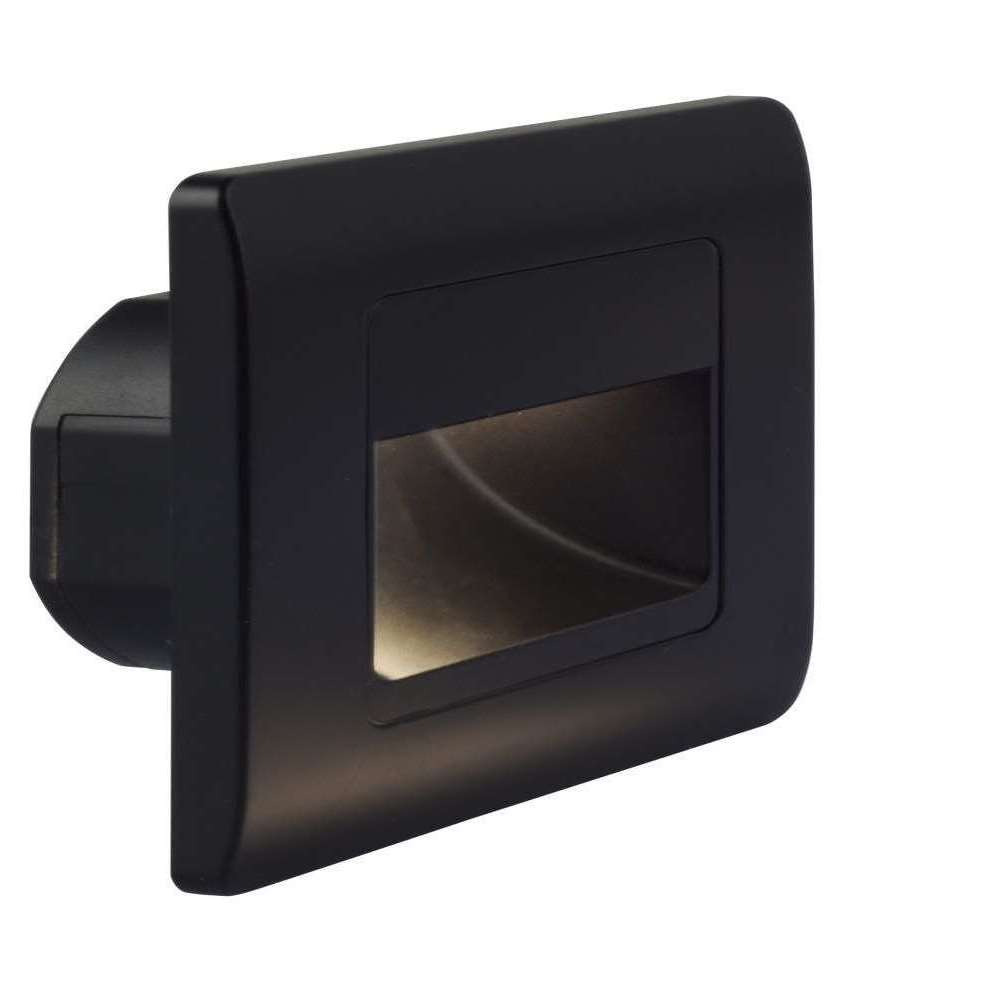
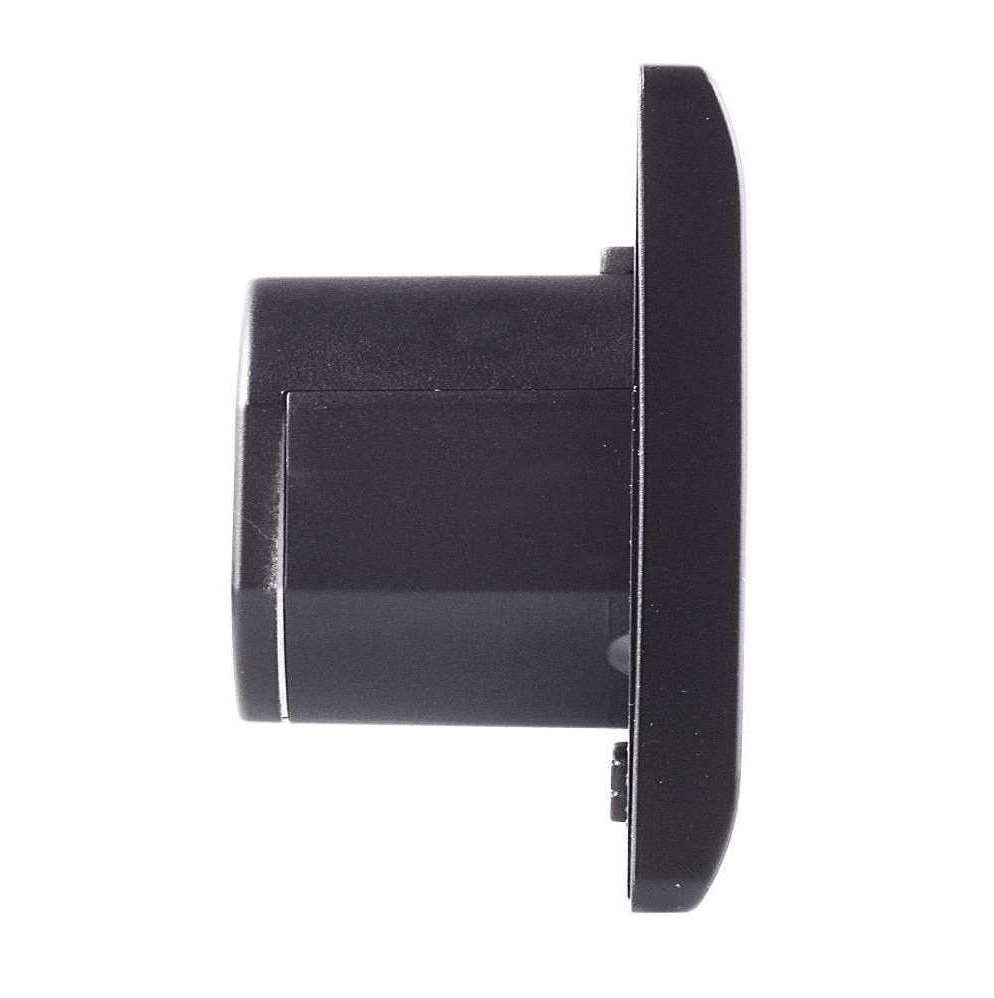
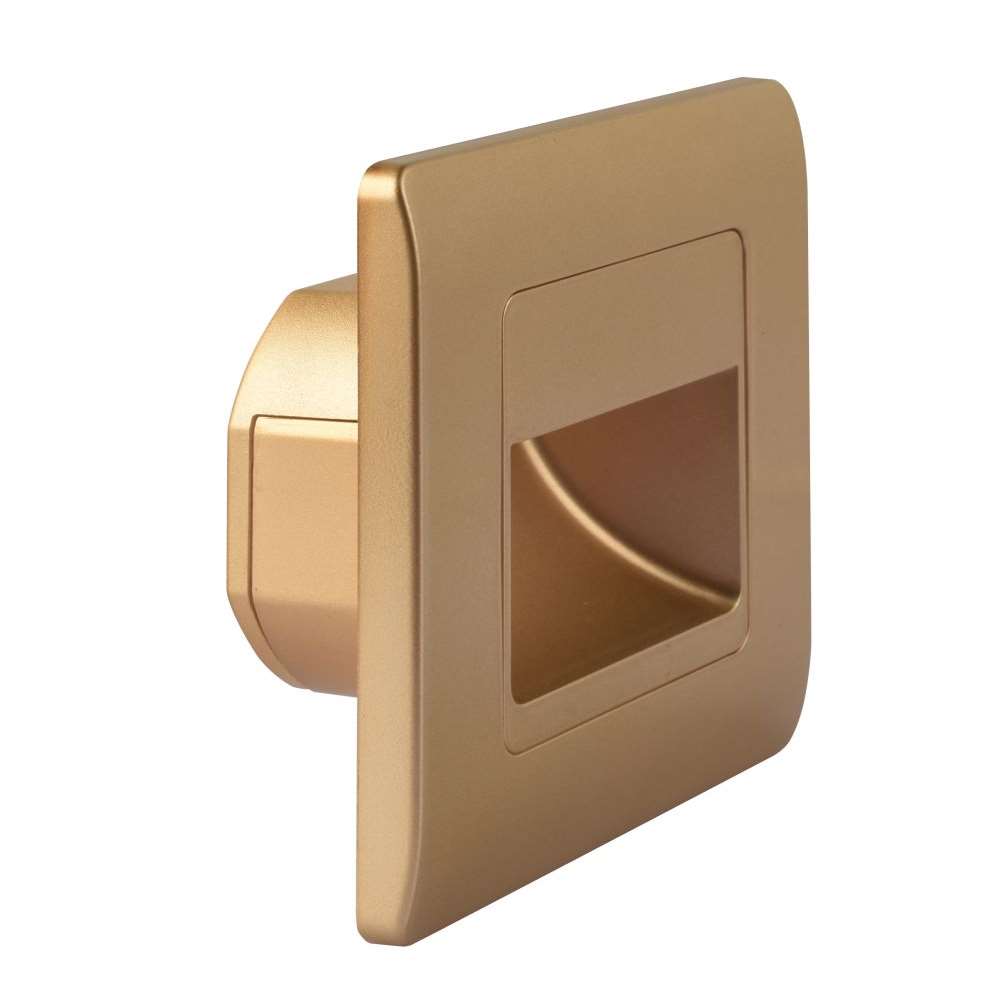
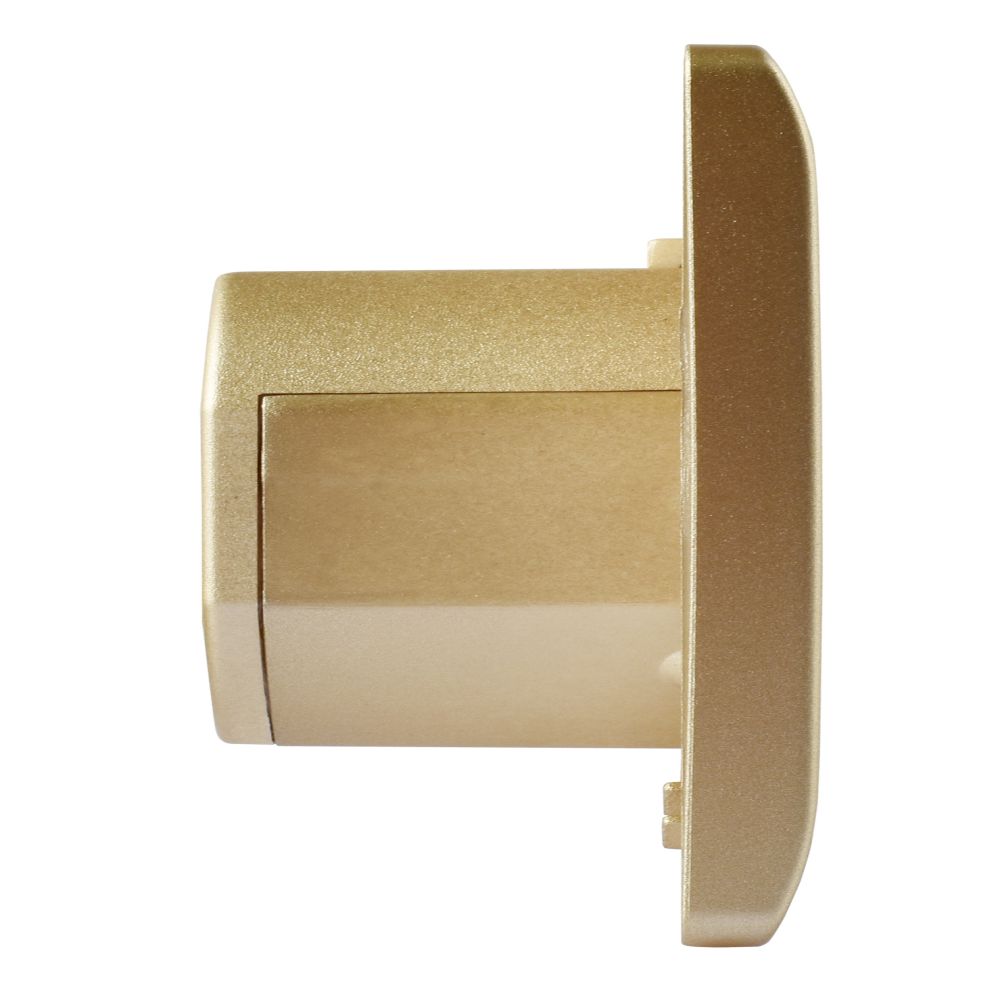
Company
Founded in 2004, Jiangmen YIDENG Lighting Technology CO., LTD has evolved into a global company that designs, engineers and manufactures innovative and decorative lighting solutions with a new sustainable LED collection for residential, retail, hospitality, museum, industrial and commercial applications.
We have developed an extensive line of award-winning LED luminaires including patented products and revolutionary LED fixtures. Technical innovation is central to what people have come to expect from YIDENG Lighting brand.
YIDENG Lighting has become a recognizable brand name as the microwave sensor leader with a stellar reputation for excellence in technology and design: a reliable name that you can trust for superior quality, innovative technology and superlatives service.
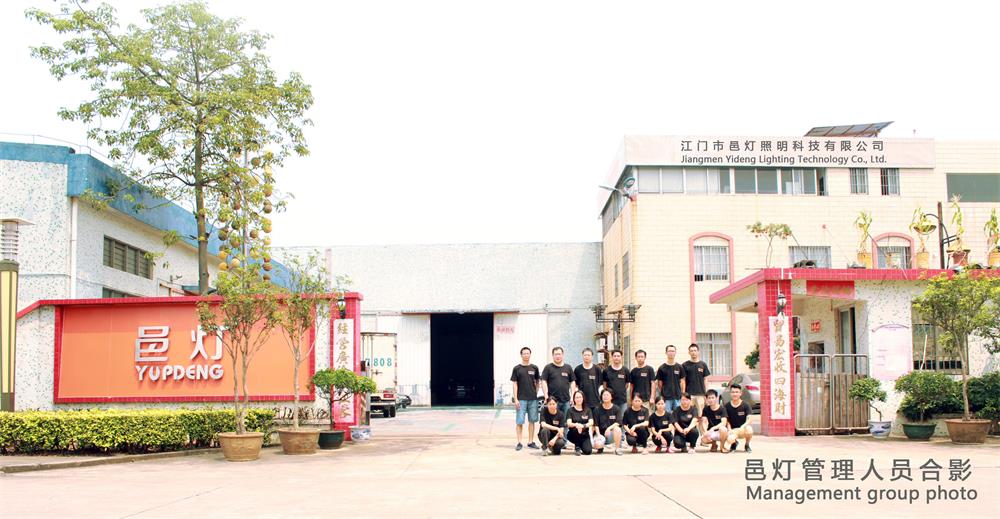
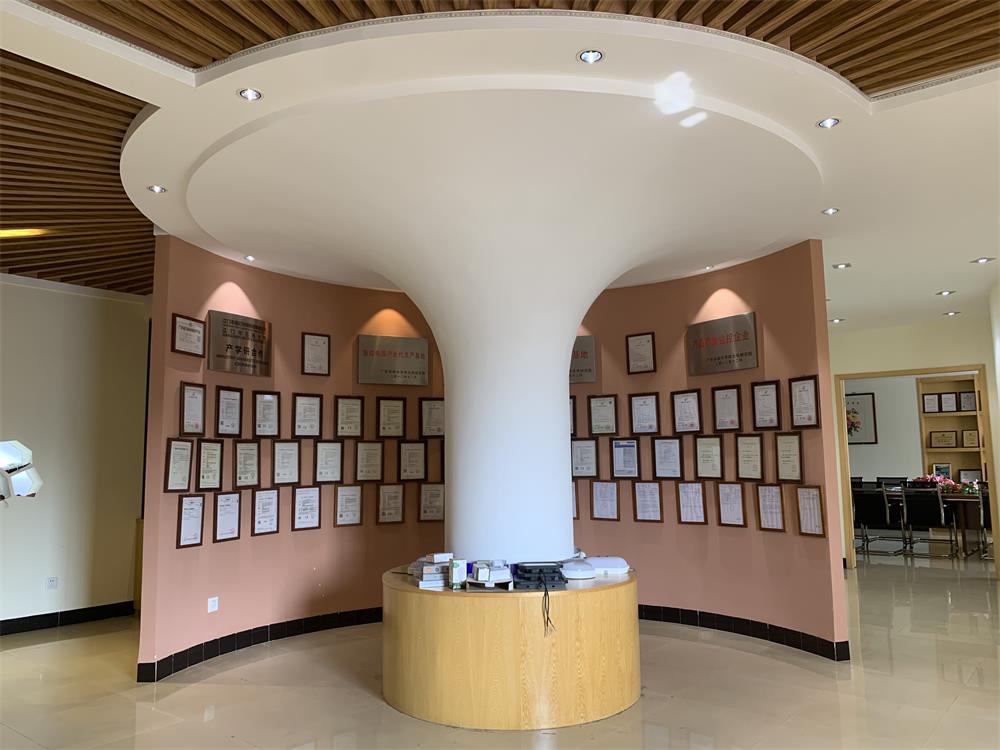

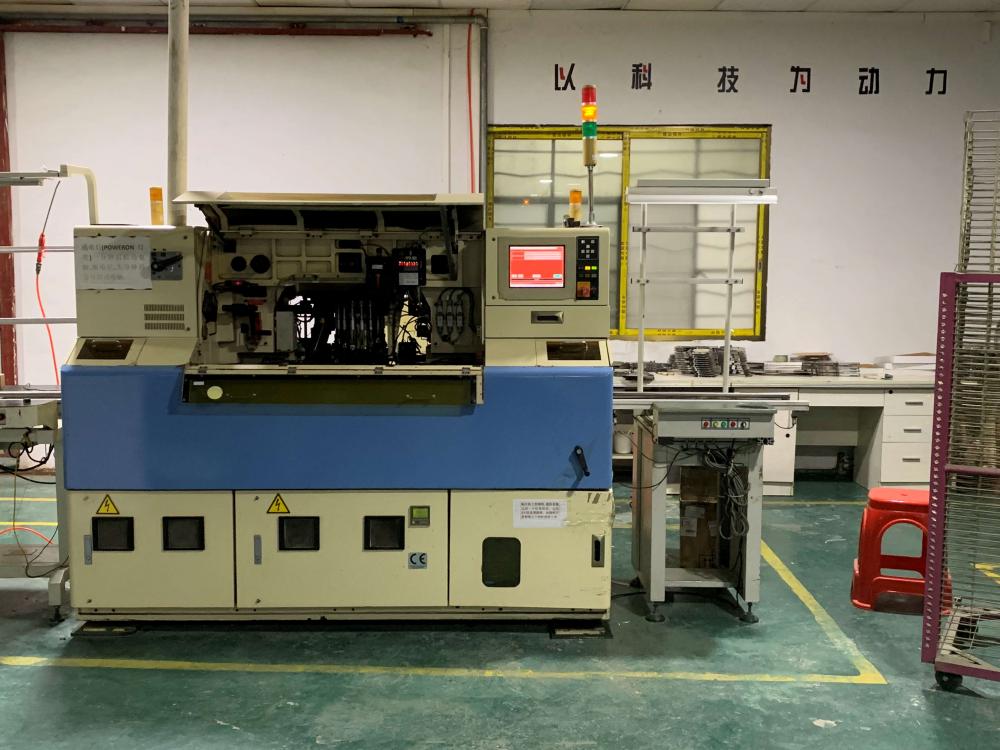
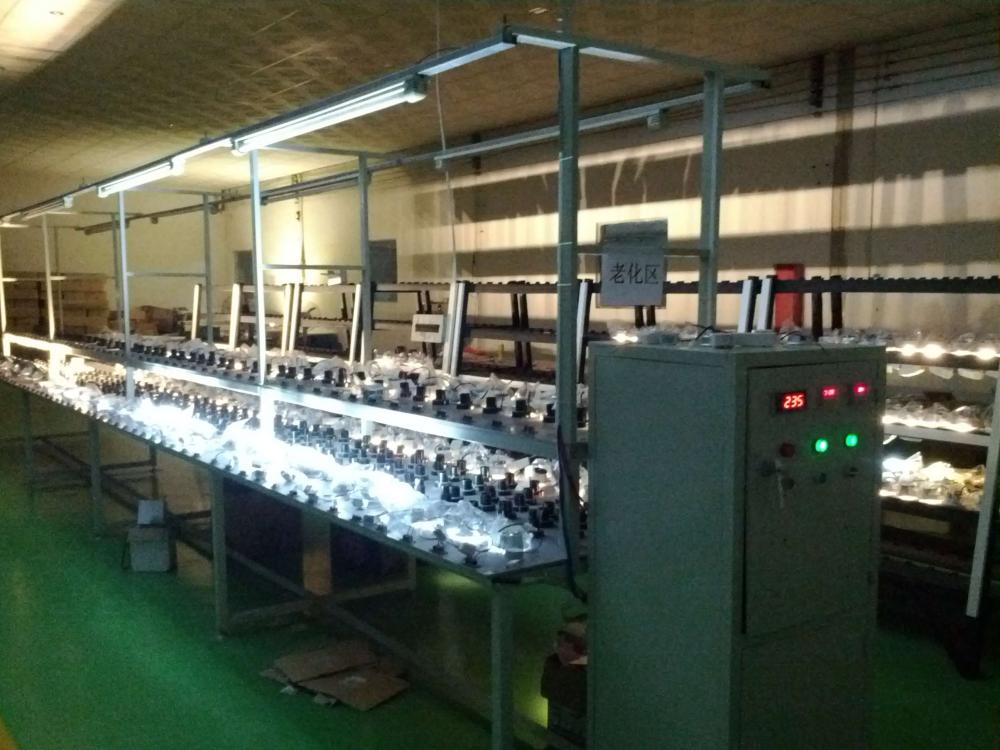
- Please click on the pictures and words for details.
- We are also professional on indoor and outdoor lighting product for projects.
- Such as:LED Spotlight, LED Down Light, LED Track Light, LED Ceiling Light, LED Ceiling Light Module, LED Bulb, LED Step Light and other small lighting products as so on .
- We are not only a manufacturer, but also your expert lighting solution provider.Anything you ask, we will try our best to meet your requirements.
Led Wall Lamp,Stair Wall Surface Step Light,Microwave Motion Sensor Led Light,Stair Light
Jiangmen Yideng Lighting Technology Co,.Ltd , https://www.jmyideng.com